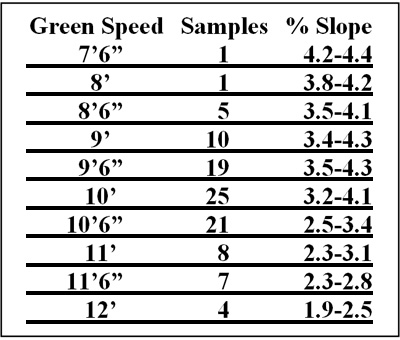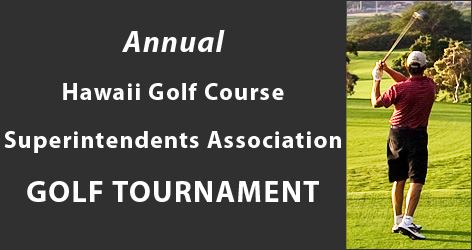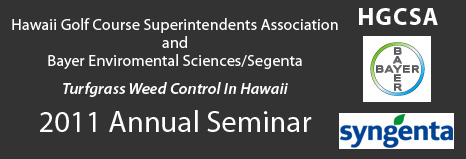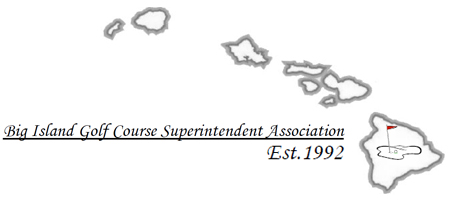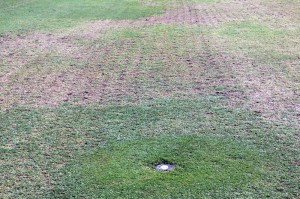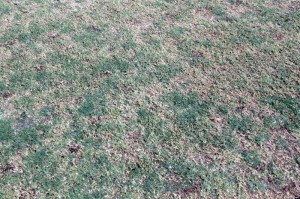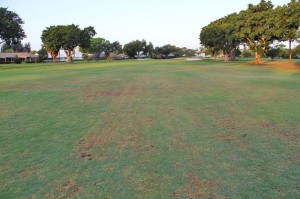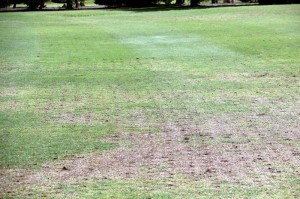by Micah Woods, Ph.D.
[email protected]
www.asianturfgrass.com
Everyone knows that the weather has a huge influence on the growth of turfgrasses, and the weather is one thing that a golf course superintendent cannot control. I have had the opportunity to visit many cities around the world where warm-season grasses are grown, and I am struck by the differences in turfgrass species that thrive in one place and that struggle in another. For example, I have seen kikuyugrass grow well at Lanai and San Diego and at Dalat in the mountains of southern Vietnam, and I know kikuyugrass grows well at many locations in South Africa, but when it is grown at Bangkok kikuyugrass cannot compete with other grasses that grow more aggressively in the Bangkok weather.
The same differences in turf vigor are seen with other warm-season species such as bermudagrass, seashore paspalum, and zoysiagrass. I made this bubble chart to show the average weather data (climatological normals) for different cities around the world, thinking that by looking at the weather data in this way we might be able to get a better understanding of why certain grasses perform better in one area but do not thrive in another.
These data are from the climatological normal tables on the Hong Kong Observatory website and the bubble charts were created using the ggplot2 package in R. If you are interested in seeing these plots on a monthly basis, please go to www.blog.asianturfgrass.com where I have already uploaded the files for May and June average weather and I will be uploading a new bubble chart around the first of each month until April of next year, showing how the average weather for different world cities changes throughout the year on a monthly basis.



